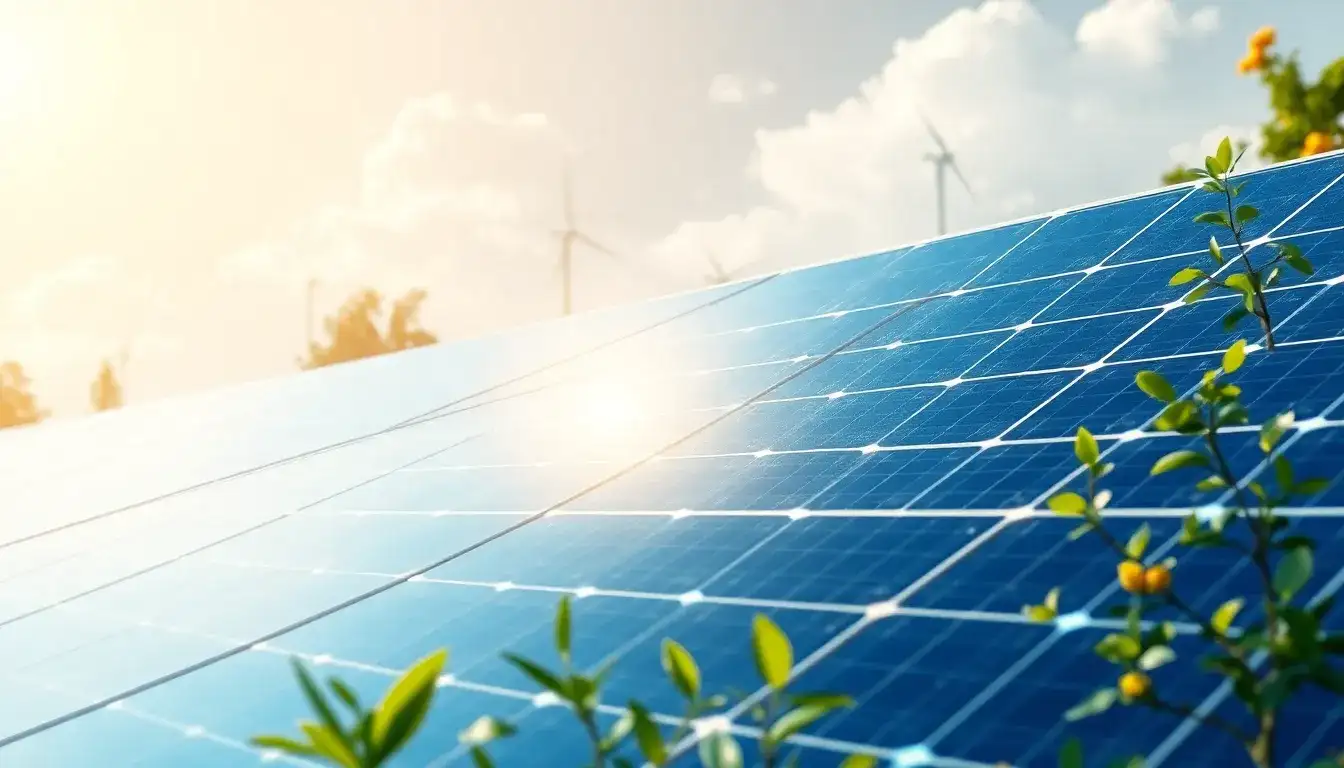
SOLARZOOM recently held a significant second forum addressing high-efficiency bifacial modules in China. On April 21, 2024, it was 42 days since the inception of the forum focused on the China High-Efficiency Bifacial Module Forum (referred to as 740W+ Forum). This event included discussions from ten leading solar companies specializing in bifacial technology.
During this forum, topics such as the future of the 2023 HJT bifacial module industry were discussed, highlighting the anticipated price trends for the industry by 2024. Companies presented their production capabilities, emphasizing their commitment to providing 3000GW+ of solar energy potential.
On June 30, 2023, a CEO from a prominent solar company expressed optimism regarding the future of bifacial technology and the potential for mass production in the coming years. Since its establishment in 2011, the company has steadily increased its production capacity year after year, currently reaching 12GW.
At the 2023 SNEC conference, discussions focused on ongoing price trends, with many domestic companies participating. The current market dynamics were impacted by supply chain issues and increasing material costs, making it imperative for companies to innovate and optimize production processes.
In discussions of the HJT bifacial technology, it was noted that the technology could see accelerated production levels by 2025, with expectations of 10GW scale capacity. The industry is set to experience a significant push towards the implementation of high-efficiency modules.
Despite the challenges, the sector remains resilient. The rapid advancements in bifacial technology could lead to a substantial increase in the efficiency of solar energy systems. As companies continue to innovate, the outlook for the 2025 solar market remains optimistic, with a projected production capacity of 3000GW+ expected.
Furthermore, recent reports indicated a growing interest in solar energy applications, especially in the realm of electric vehicles. This aligns with broader sustainability goals and the industry’s push towards reducing carbon footprints.
As the solar market evolves, collaboration among companies and stakeholders will be crucial to achieving these ambitious production and efficiency targets. The upcoming years will likely see more advancements and strategic partnerships that could reshape the solar energy landscape.
In conclusion, as companies navigate the challenges of the solar market, their ability to adapt and innovate will determine their success in the rapidly changing energy landscape. The emphasis on high-efficiency bifacial modules represents a significant shift towards sustainable energy solutions.







